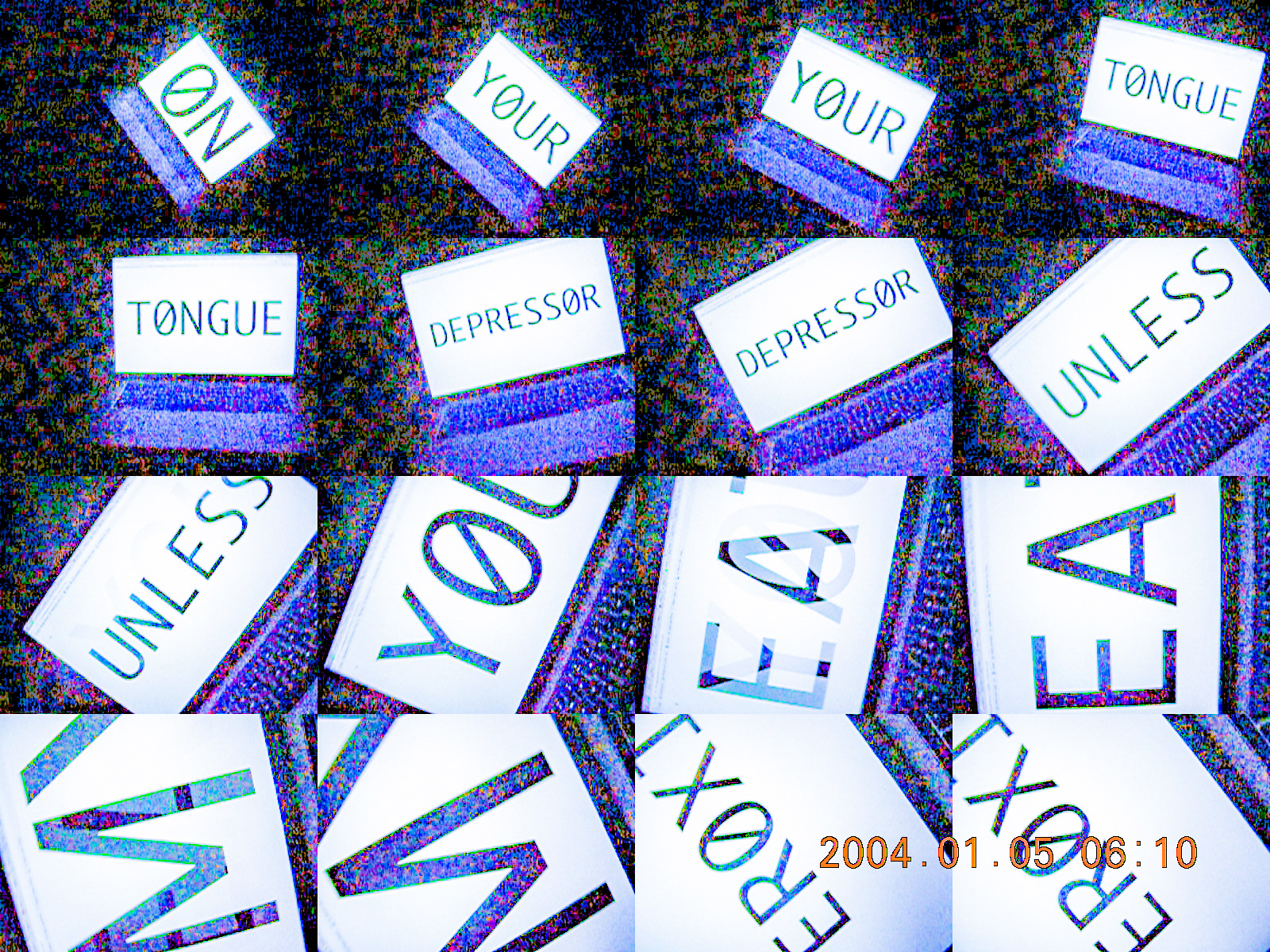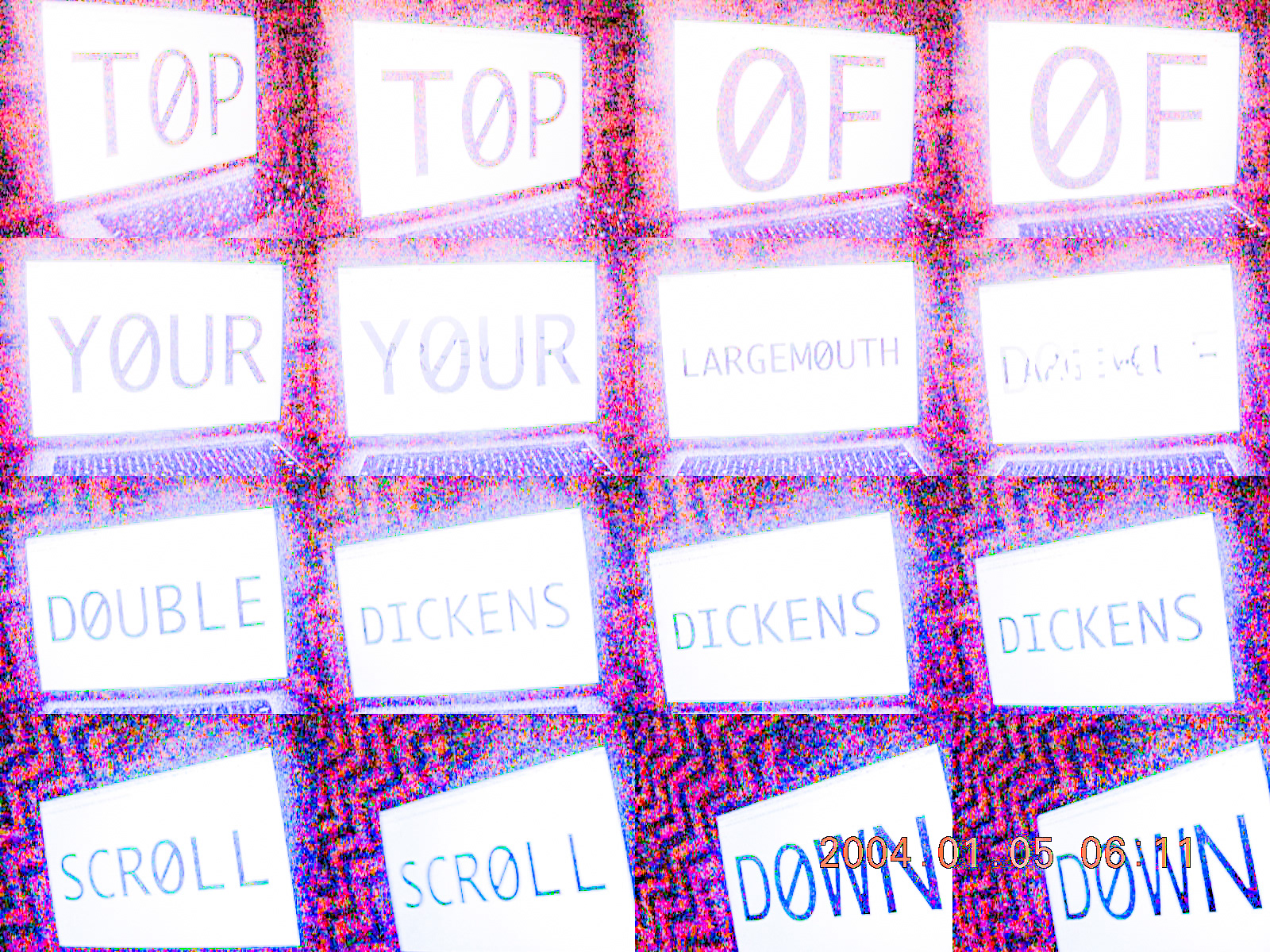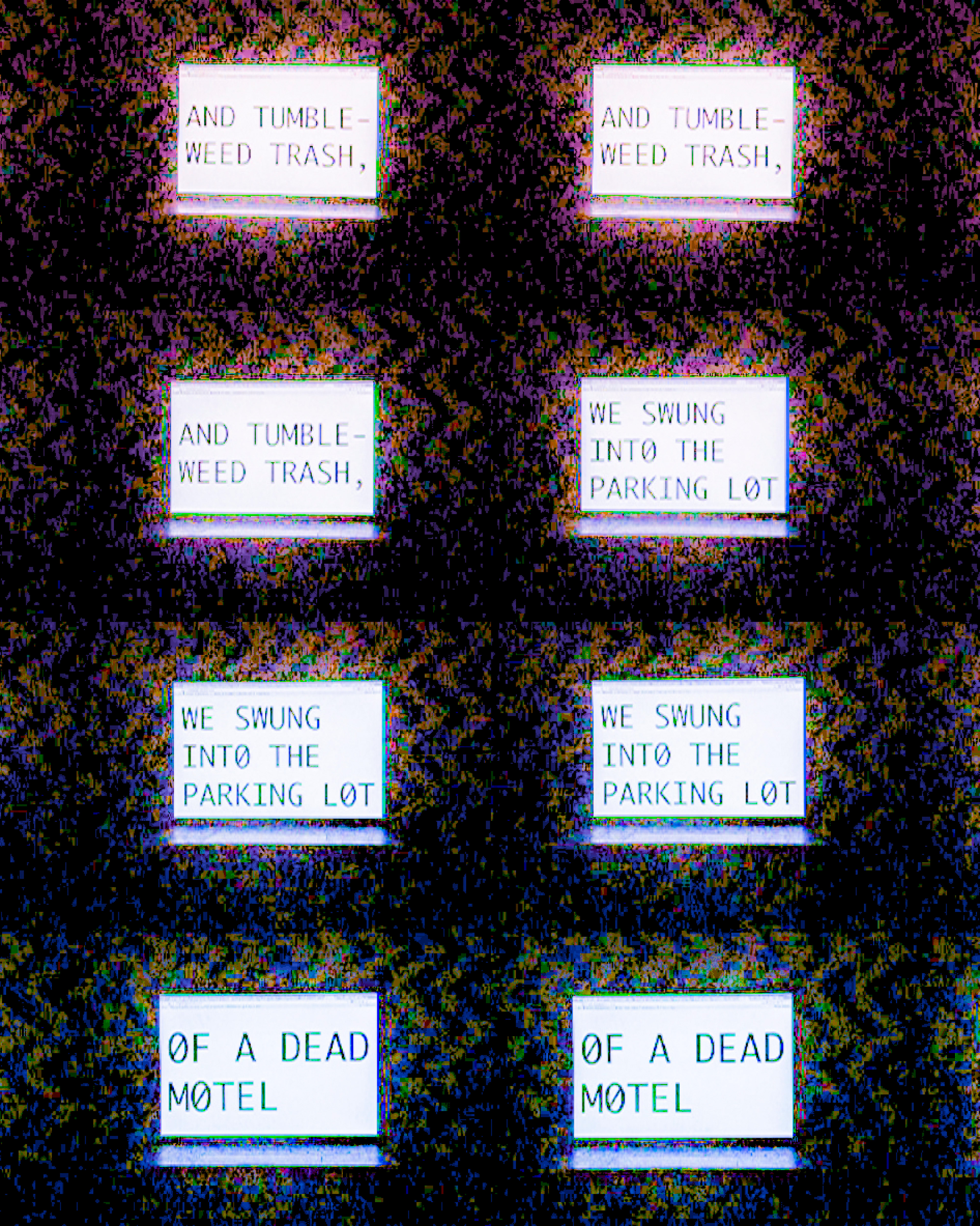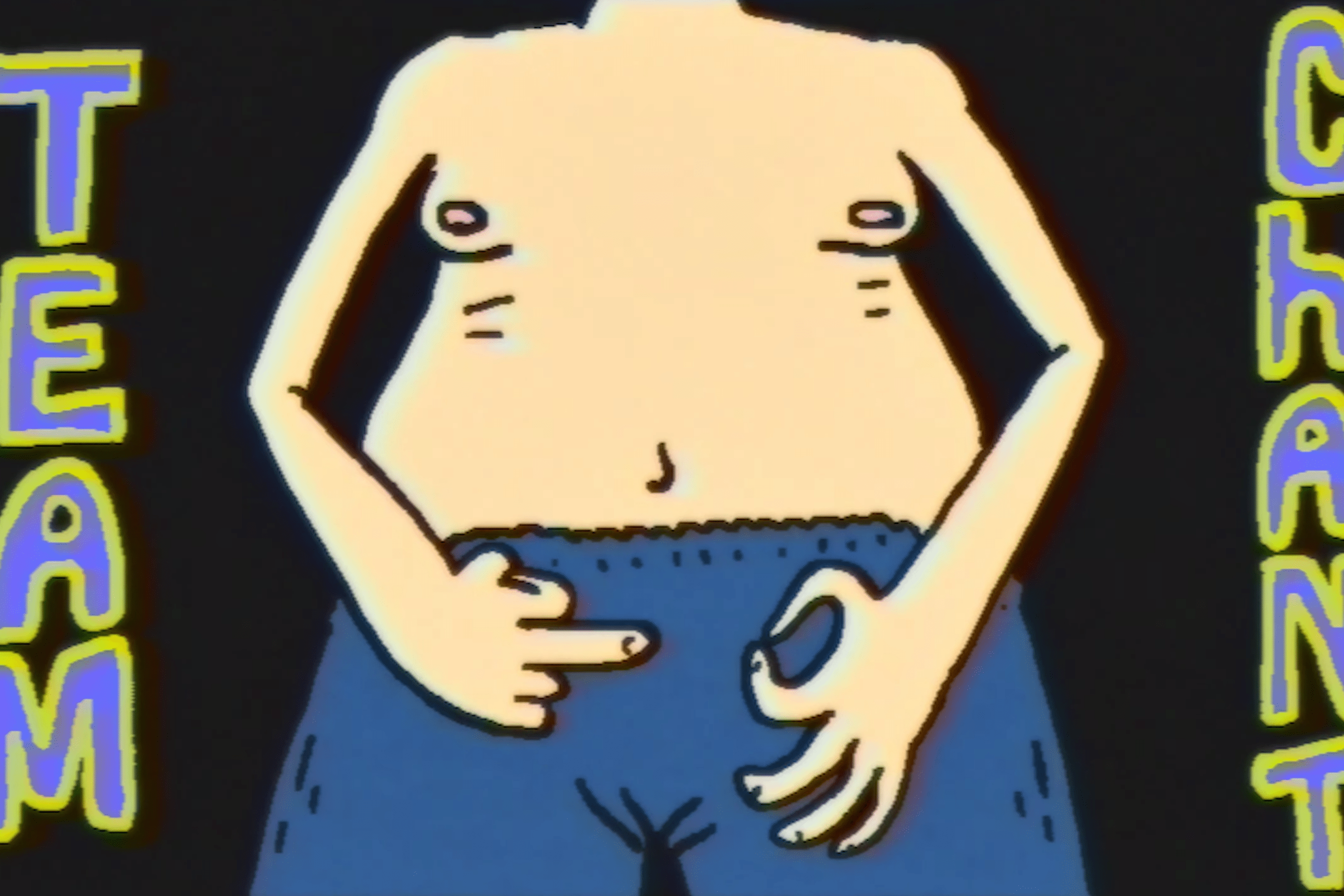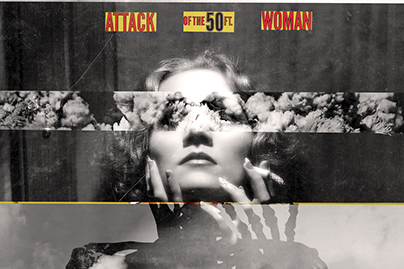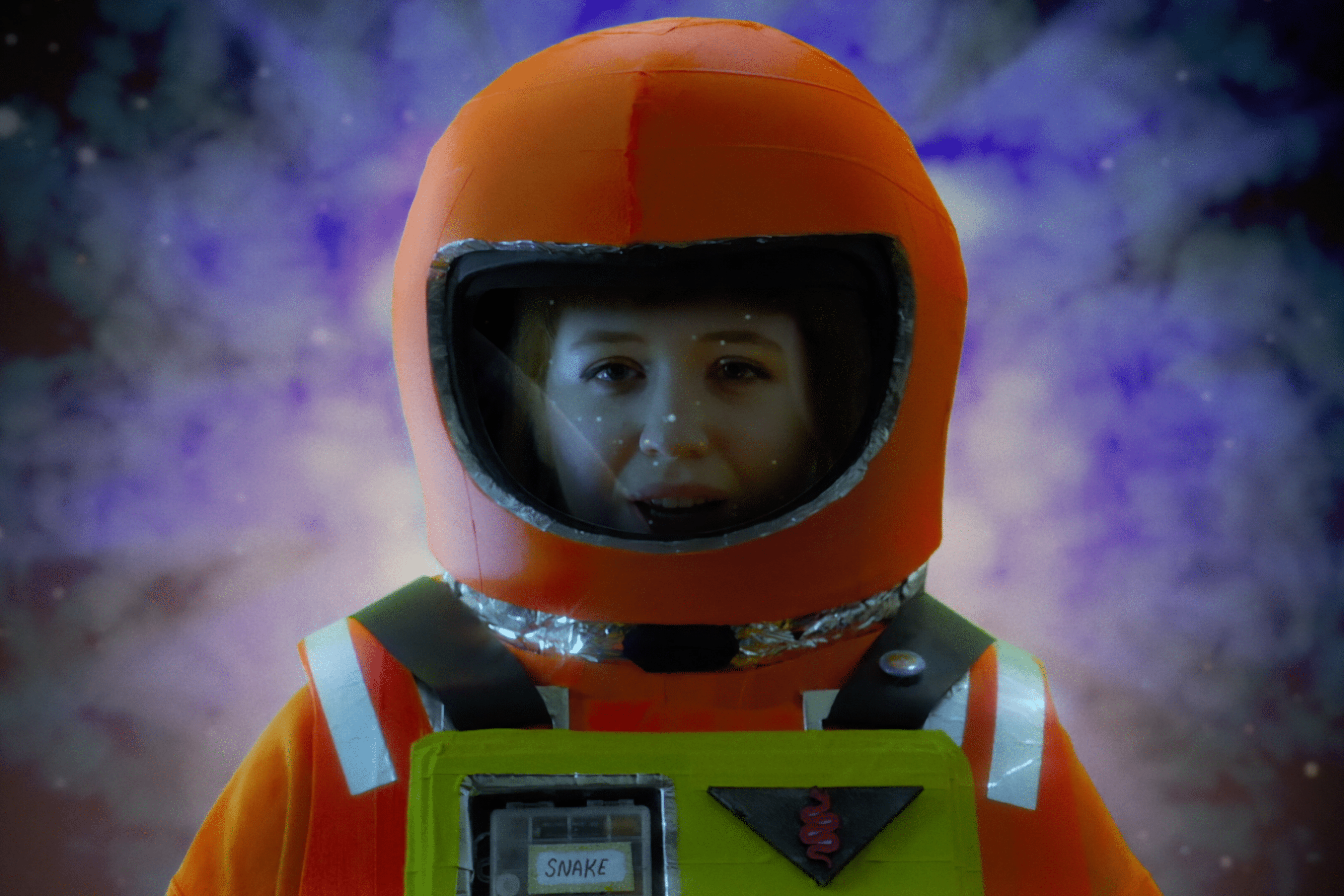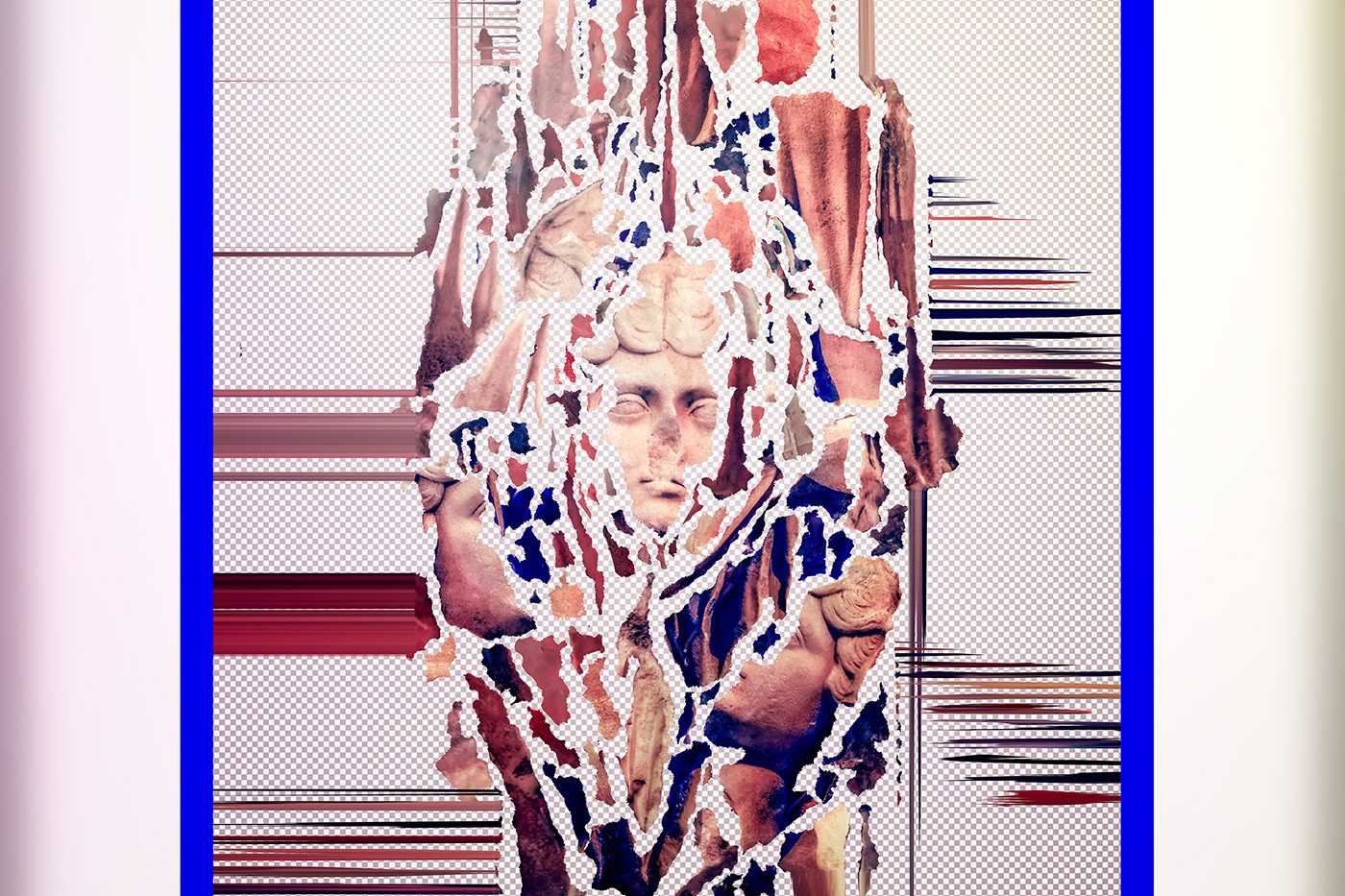Misalign Processes
I am fascinated by the middling consumer electronics we’ve all seemed to forget about. The Logitech QuickCam 3000. The Microsoft Zune 4, 8, 16. The Coolpix 4600, 4700, 4800, etc. They did what they were supposed to do, yet there was always something about them which seemed unfinished. An awkward form factor. A poor interface. Or a half-baked product feature, like the 2004 Nikon Coolpix 4800’s sport composite mode, which rapidly captured 16 stills and assembled them into single image which was inexplicably half the advertised 4 megapixel resolution of the camera. Worse than that, its capture rate was inconsistent and unknowable, hidden in the “easy-to-use” interface.
The feature seemed to function as a placeholder, like the products of the
time in general, a promise of things to come made to be forgotten when the next year’s iteration came out. But what if we looked at these undercooked products and functions as tool-breakers and took them at face value? How could that simple point of view reengage the obsolete tool in new contexts?
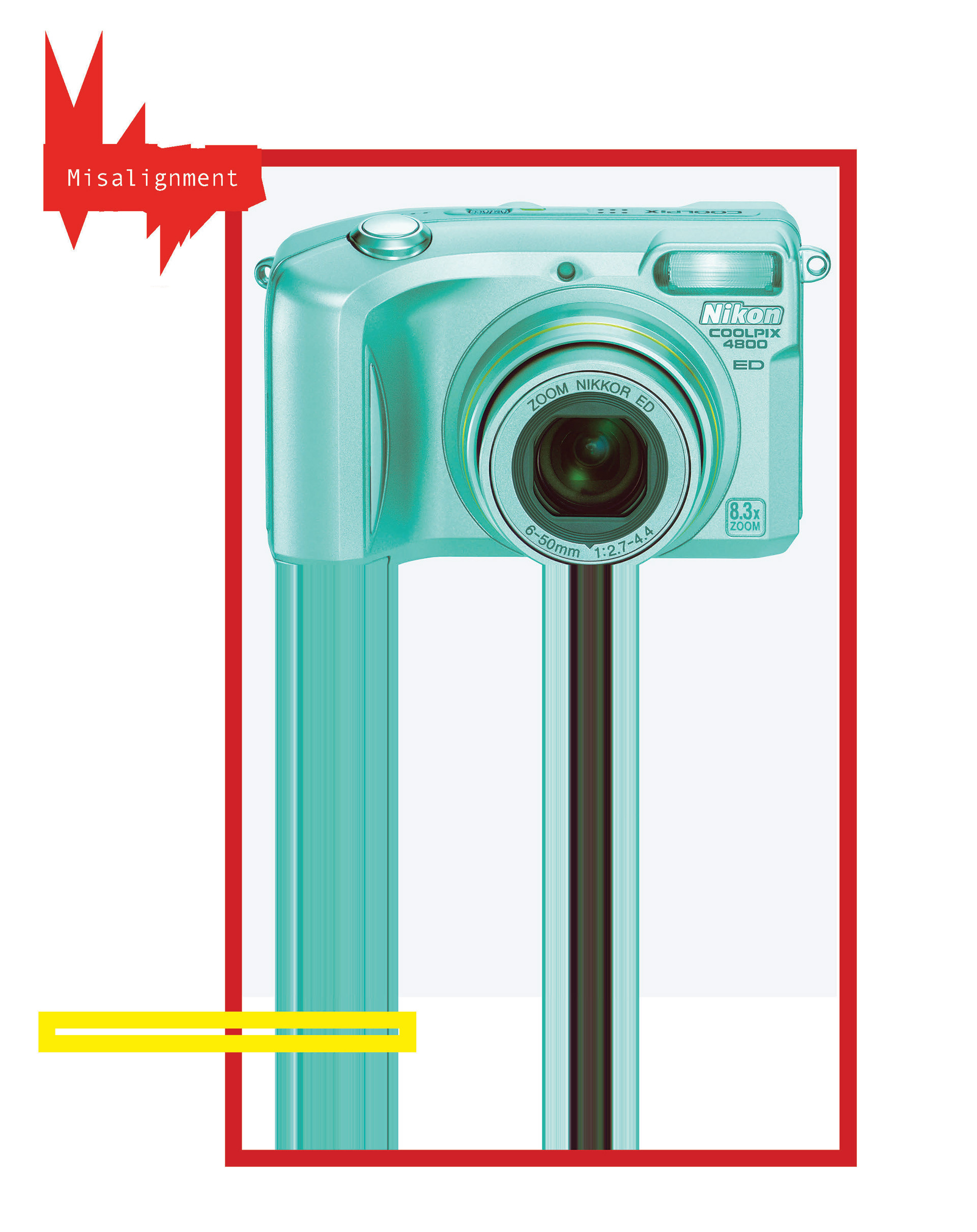
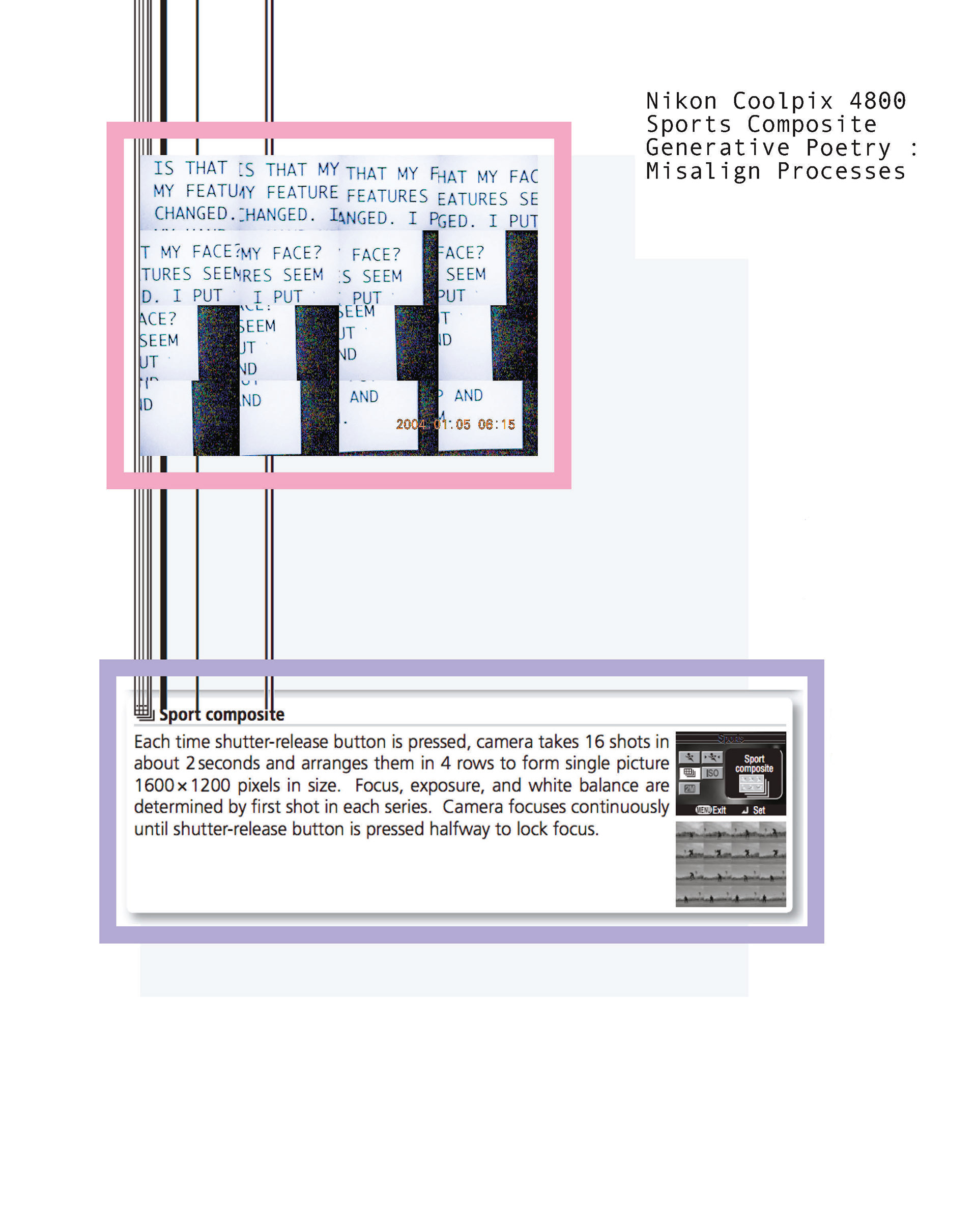
In this series of images, I
photographed an animated
text story on my computer
using the sport composite
mode. If text hung on screen
too long it would repeat. Too
little, it might not appear
at all. The poetics of the
process—repetition, deletion,
interlocution—seeped
into the mundanity of the
narratives, transporting them
to a kind of dark, molten-time
David Lynchian dimension.
